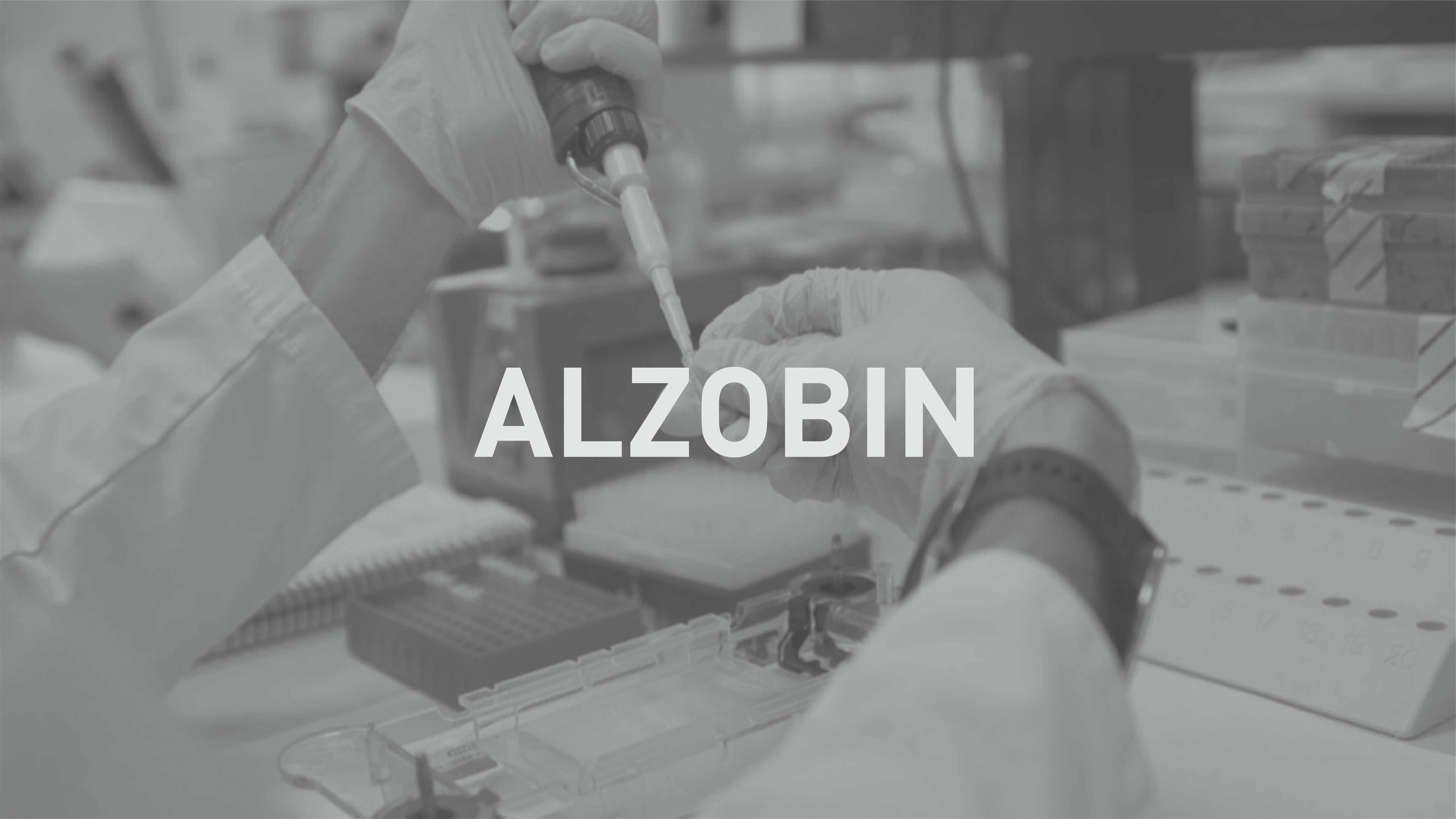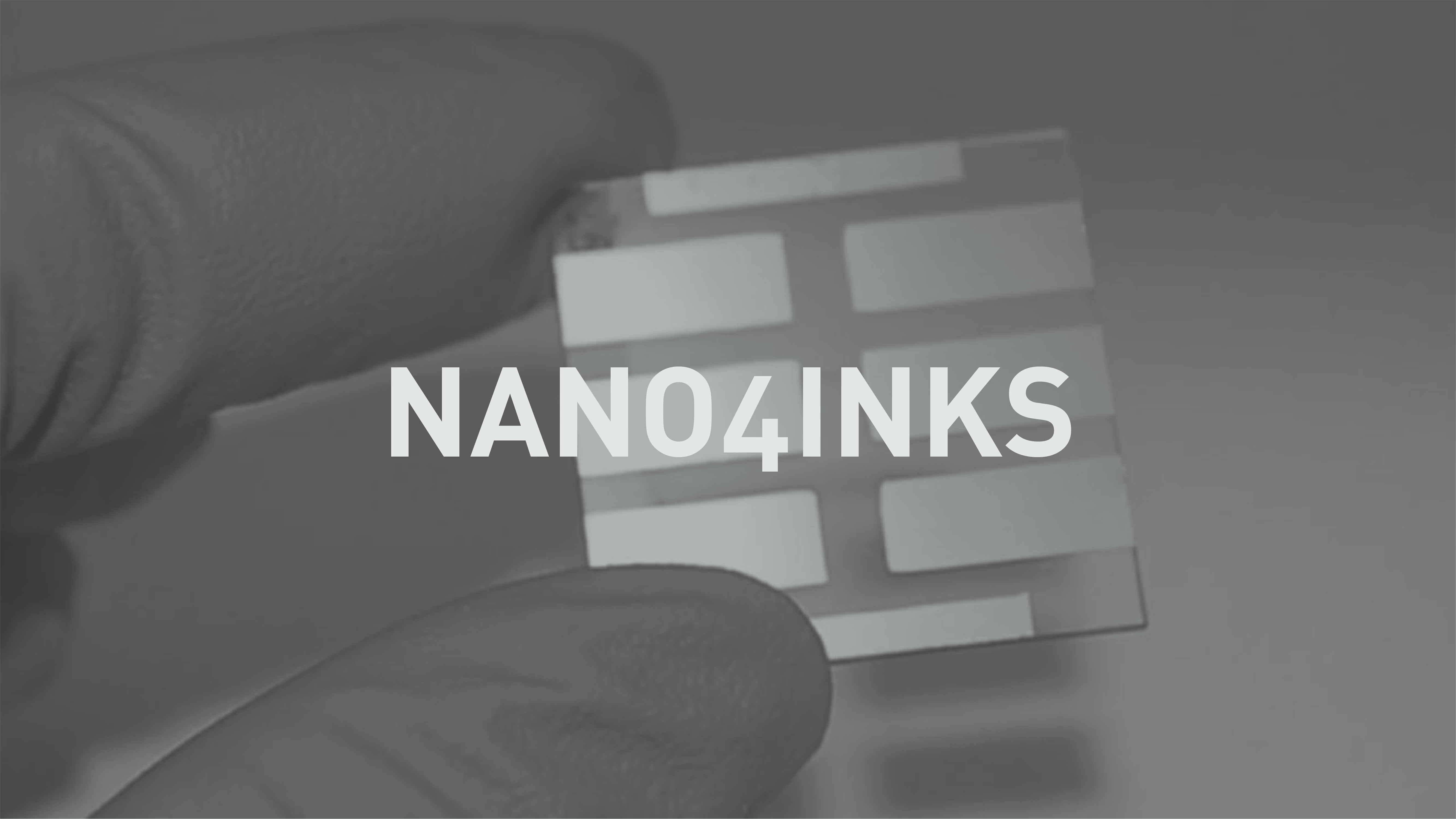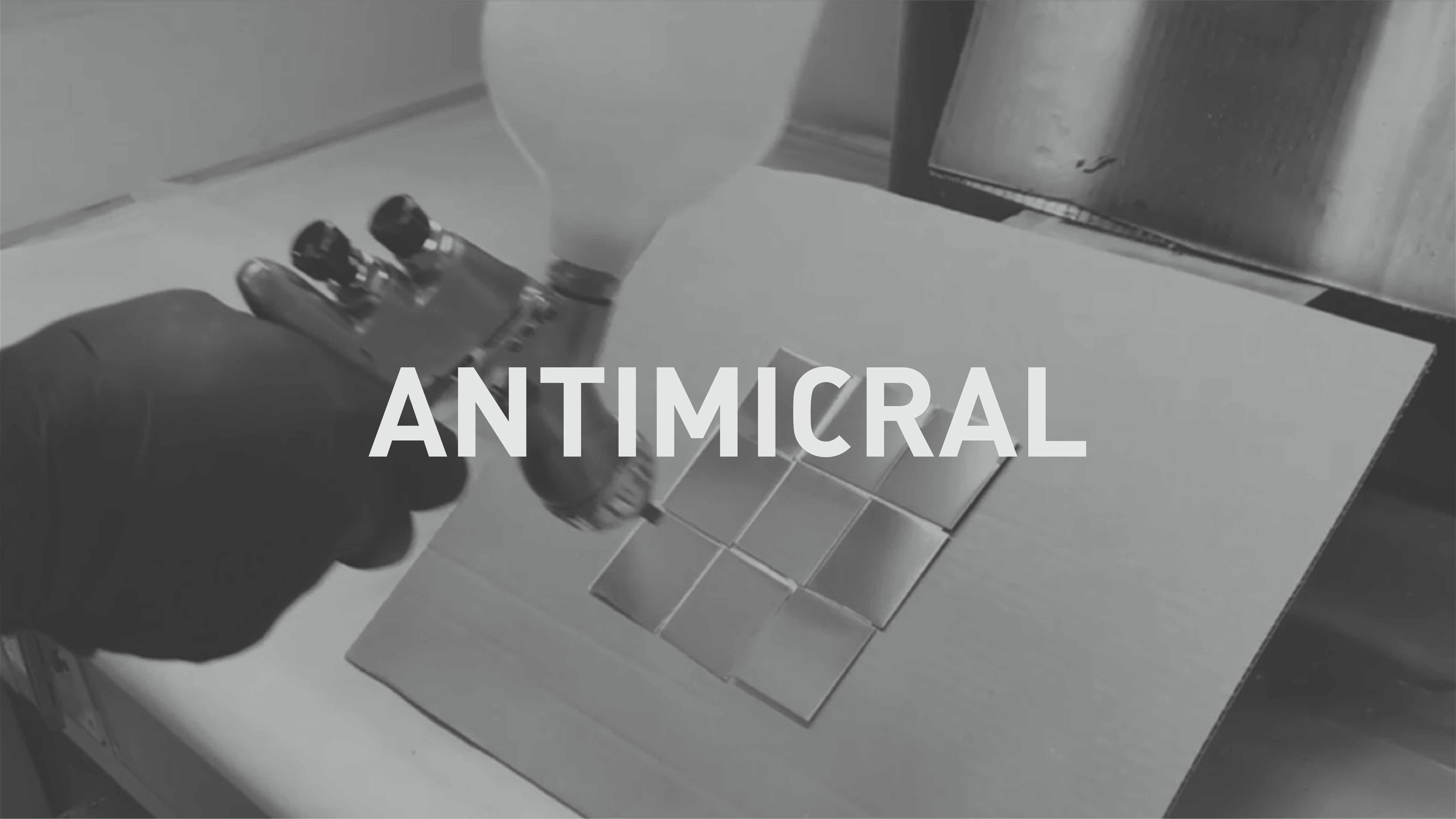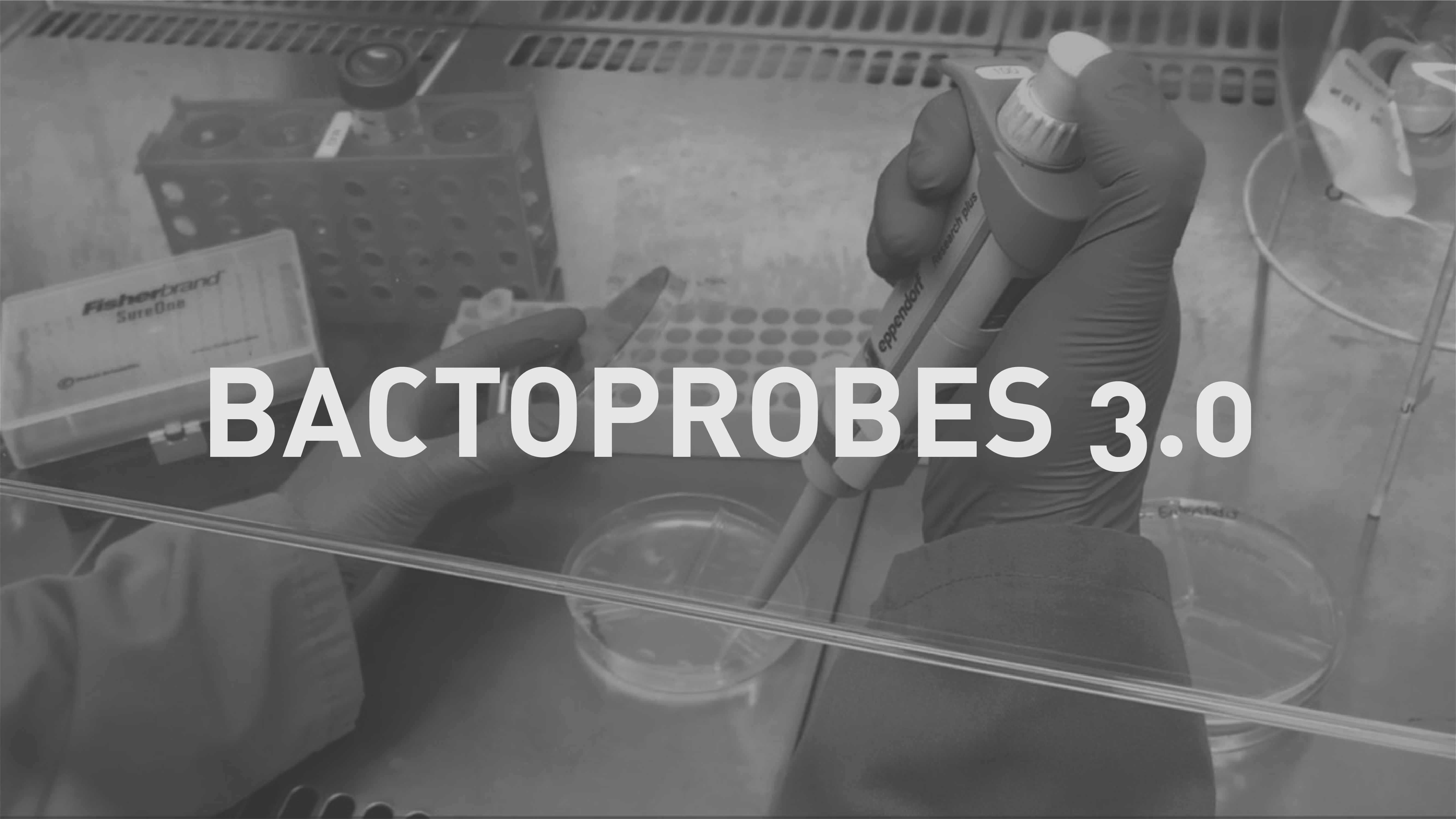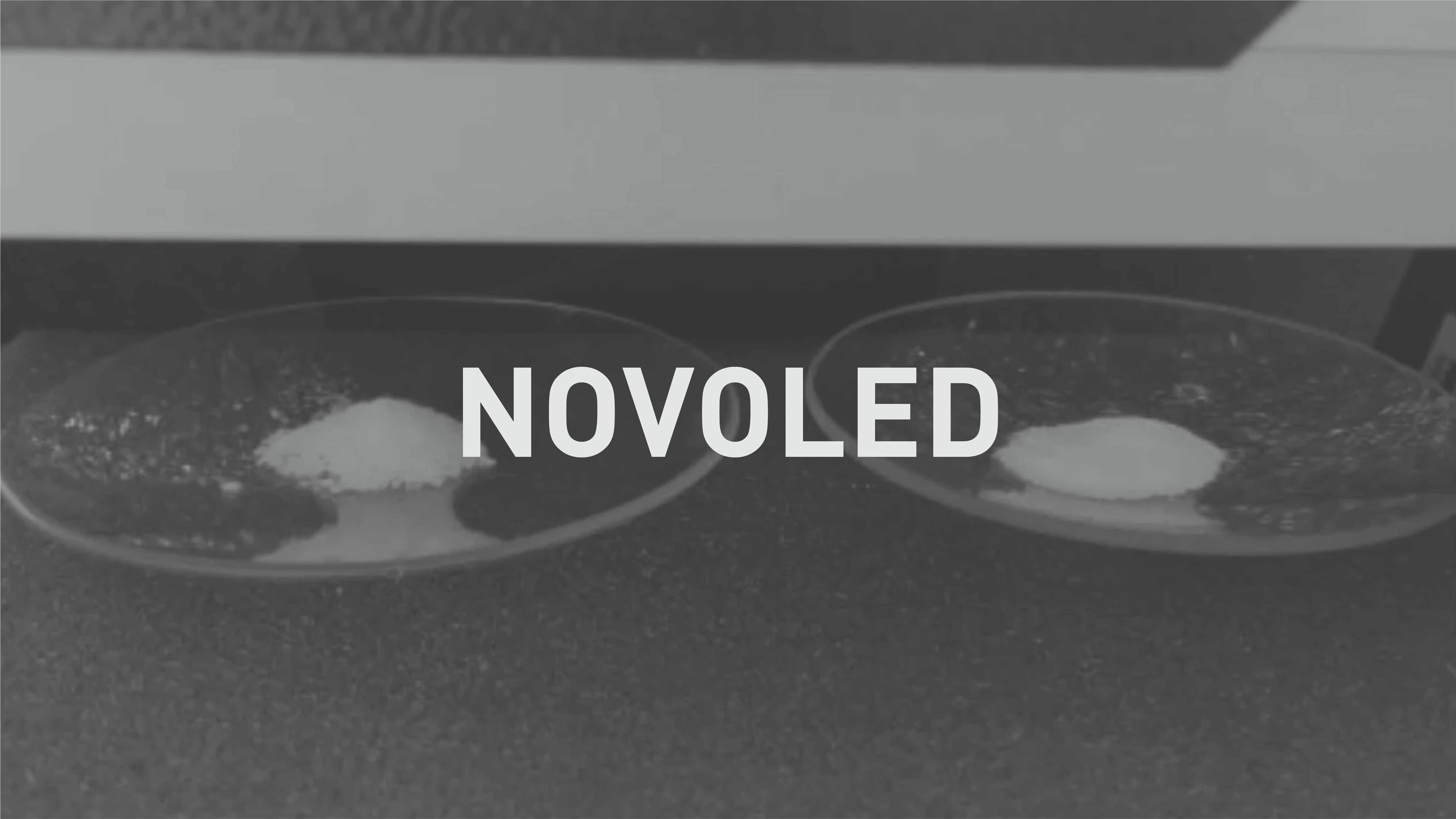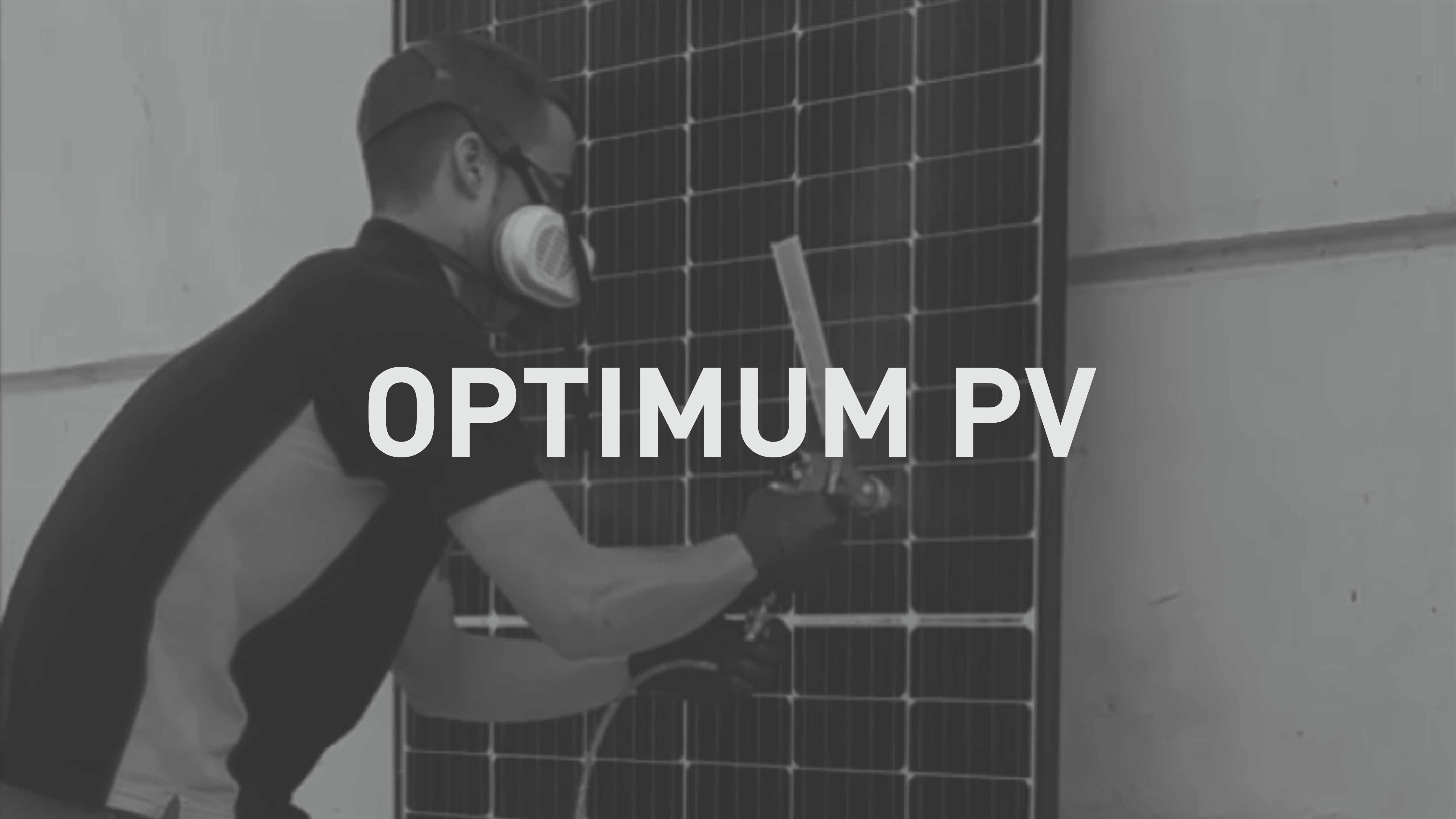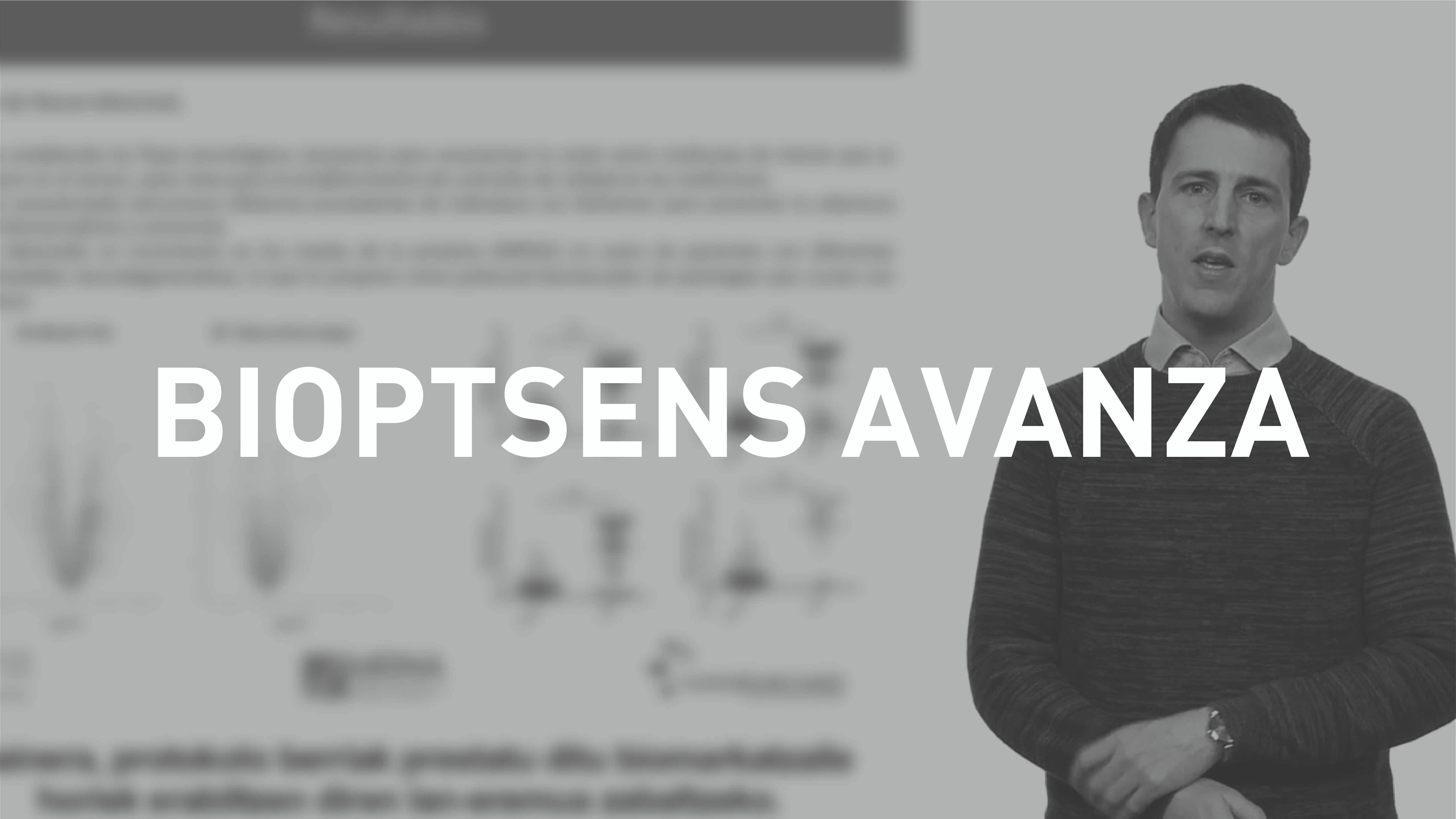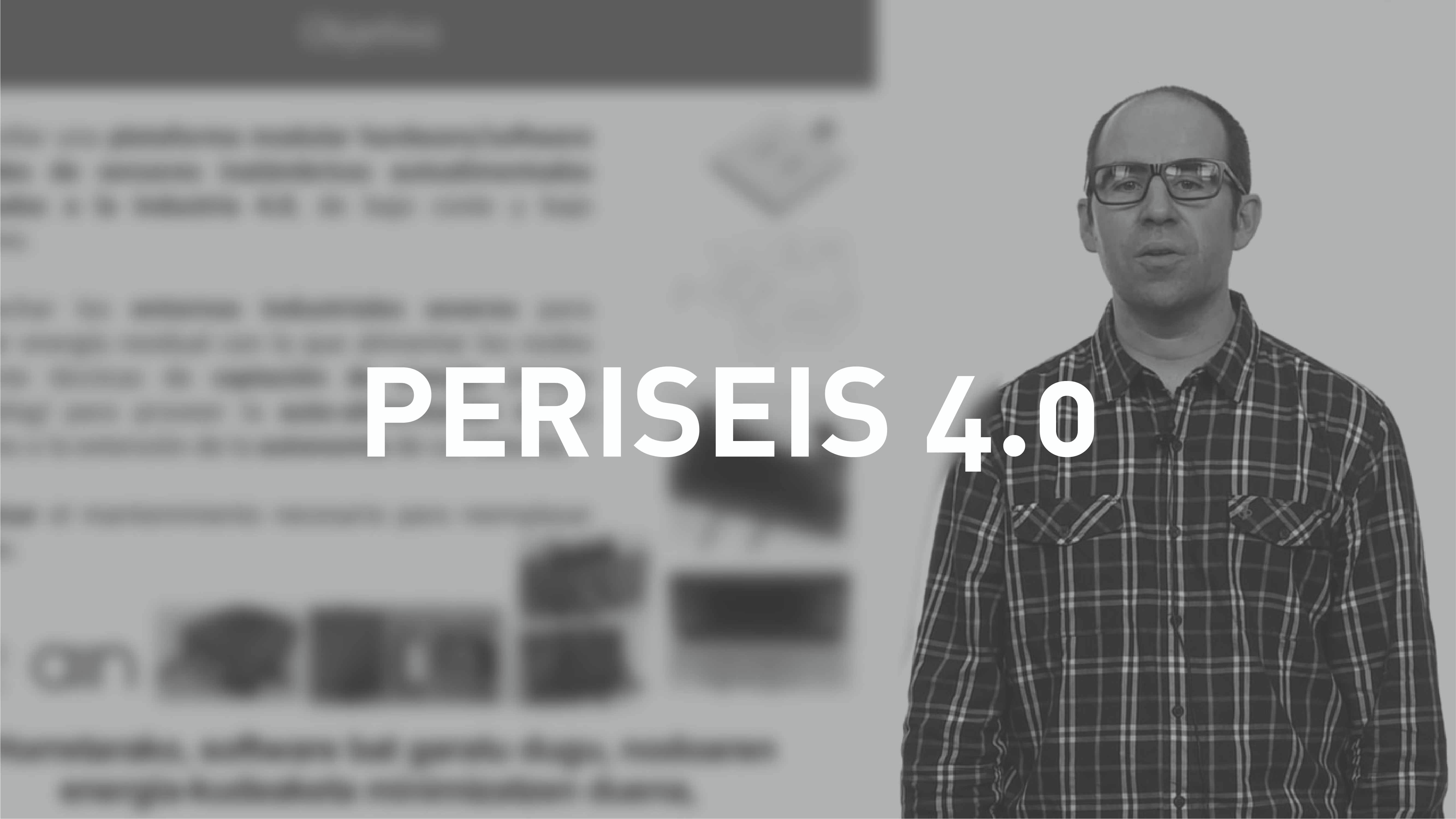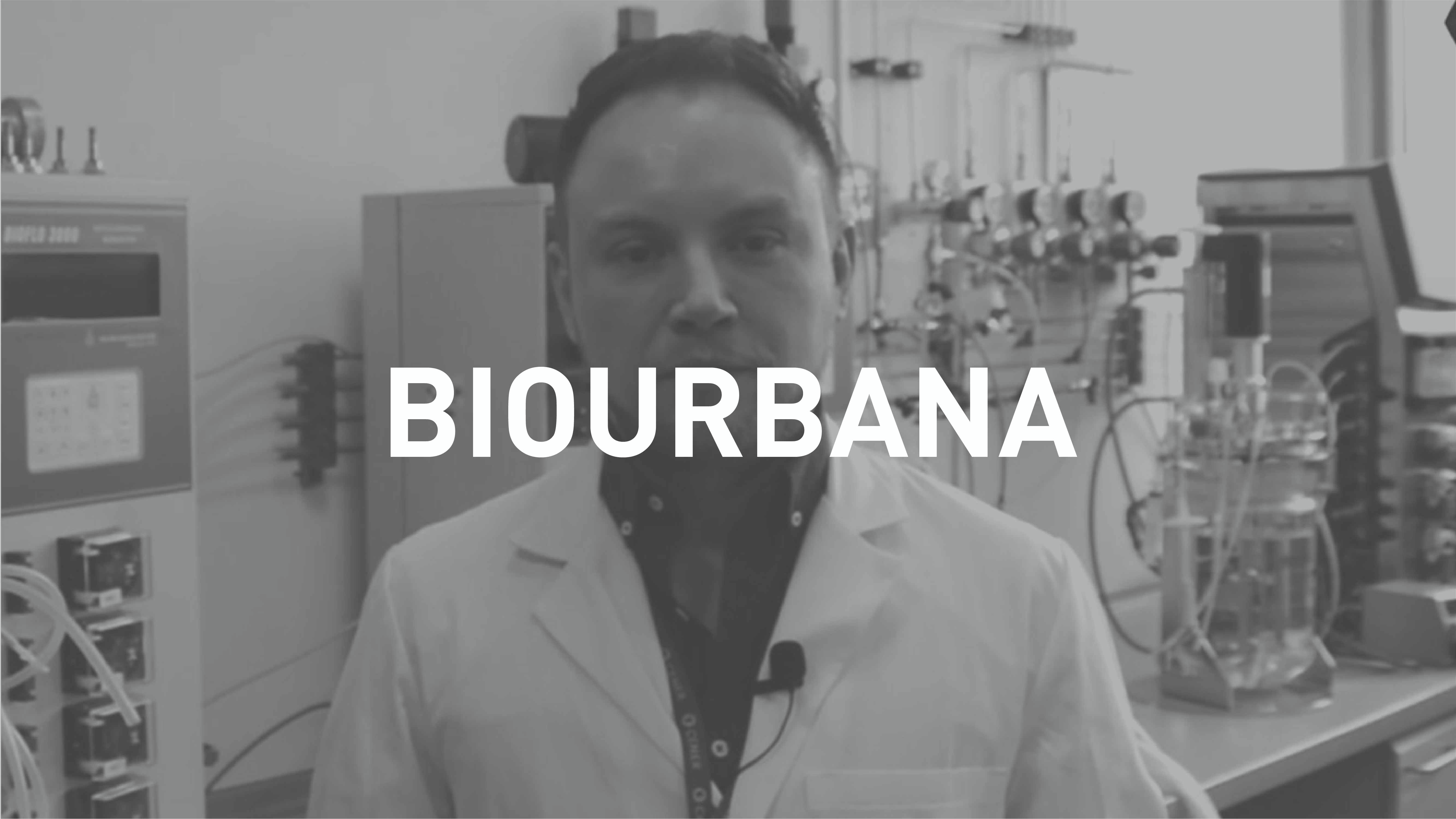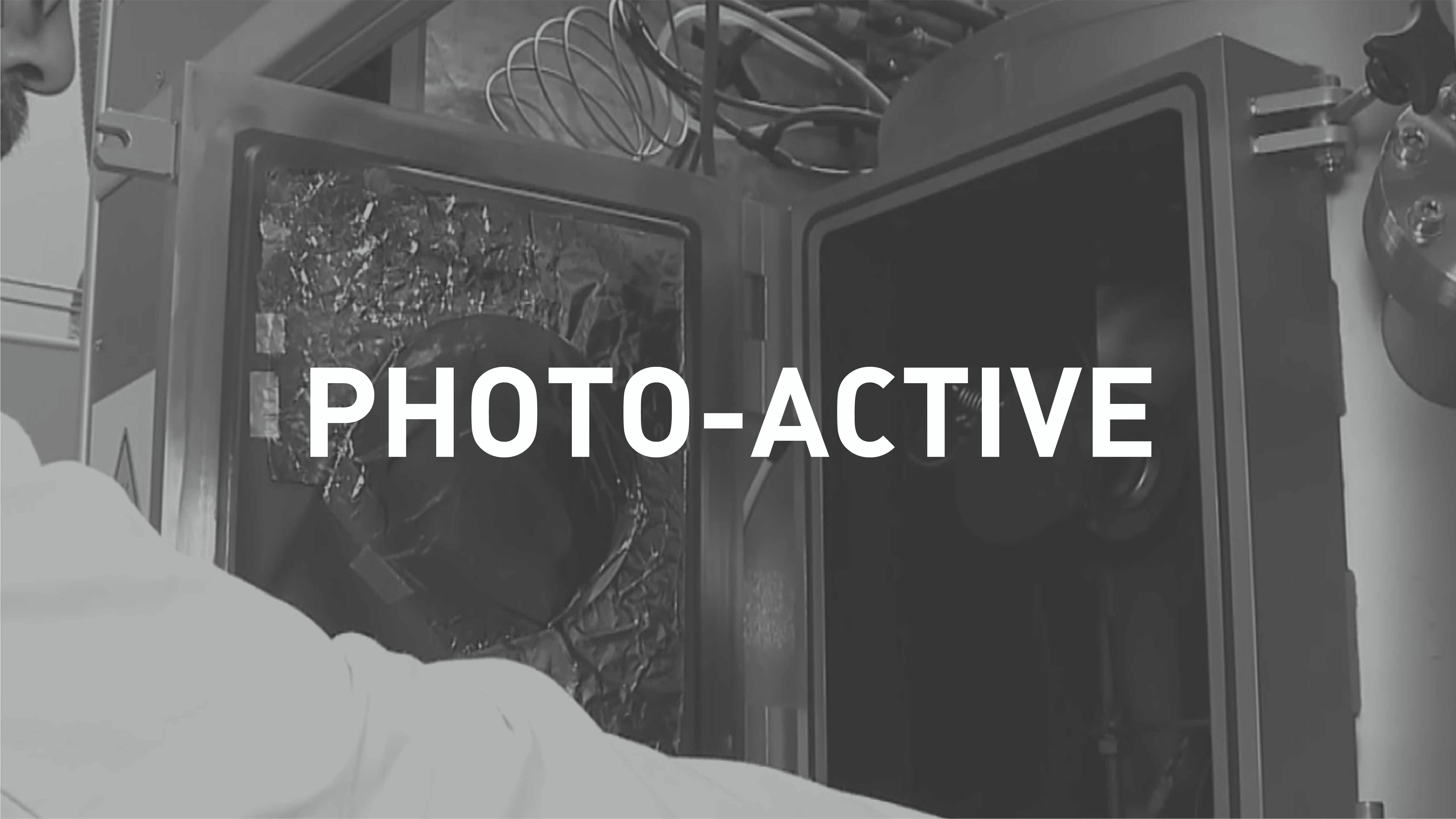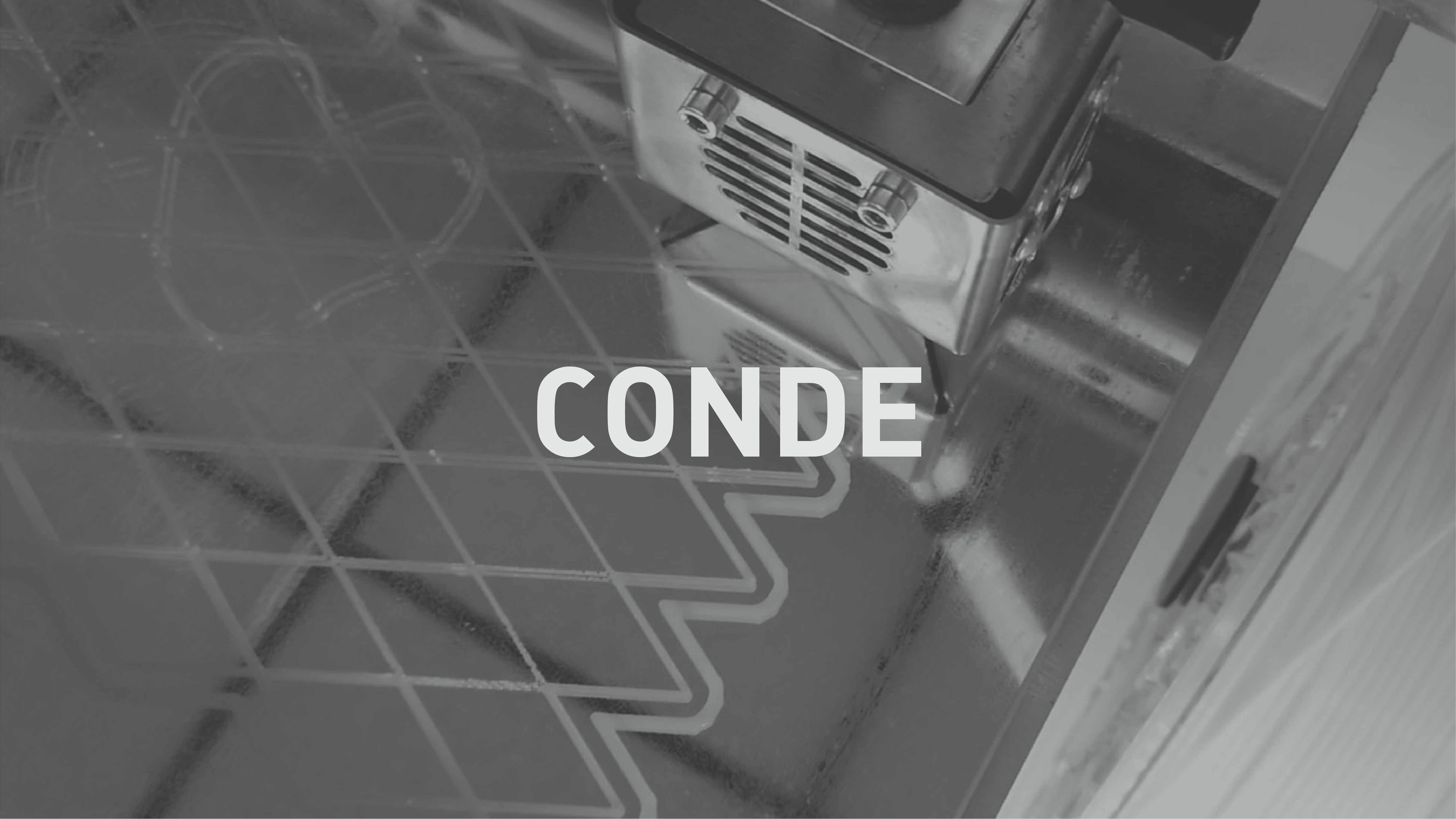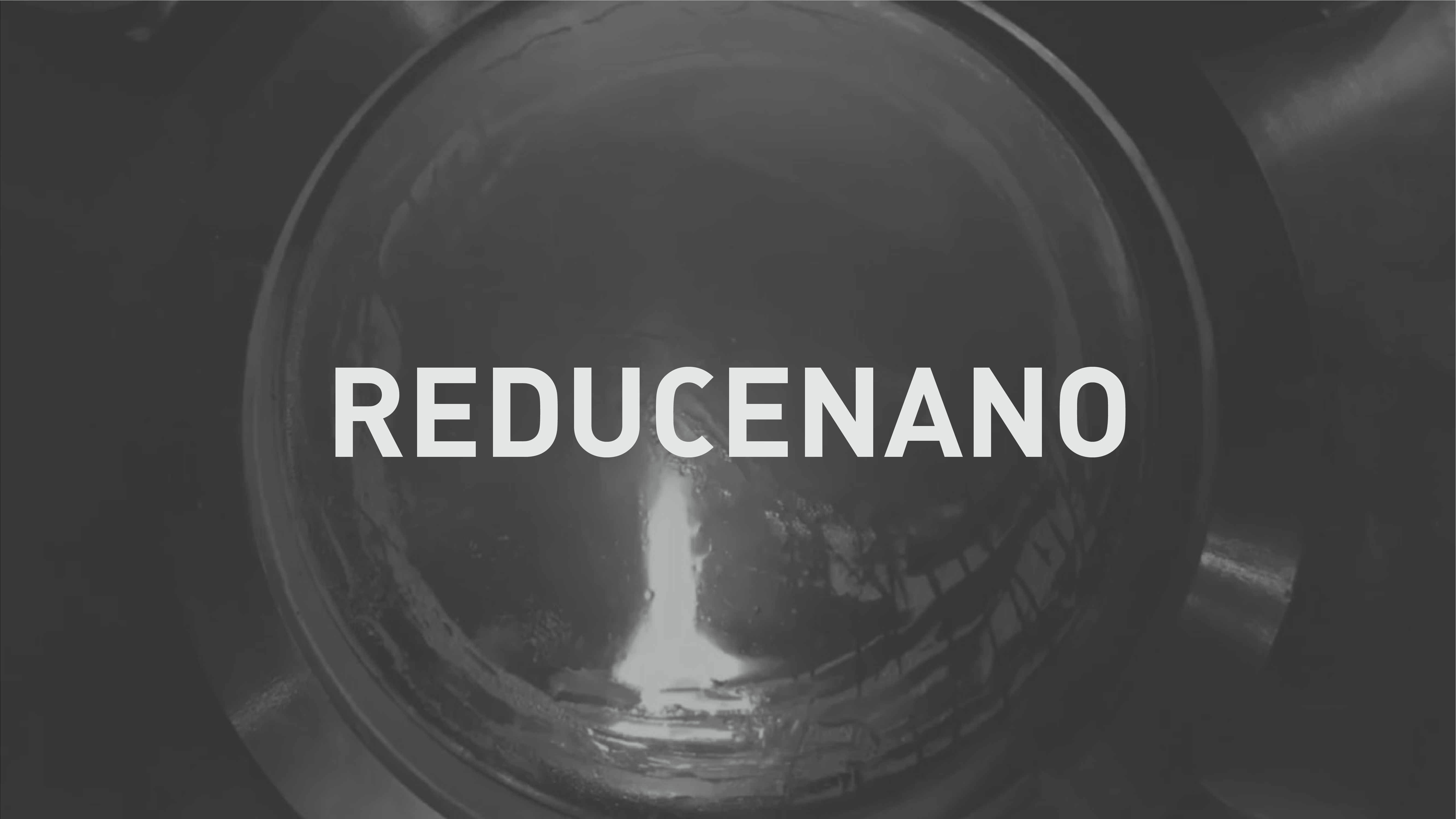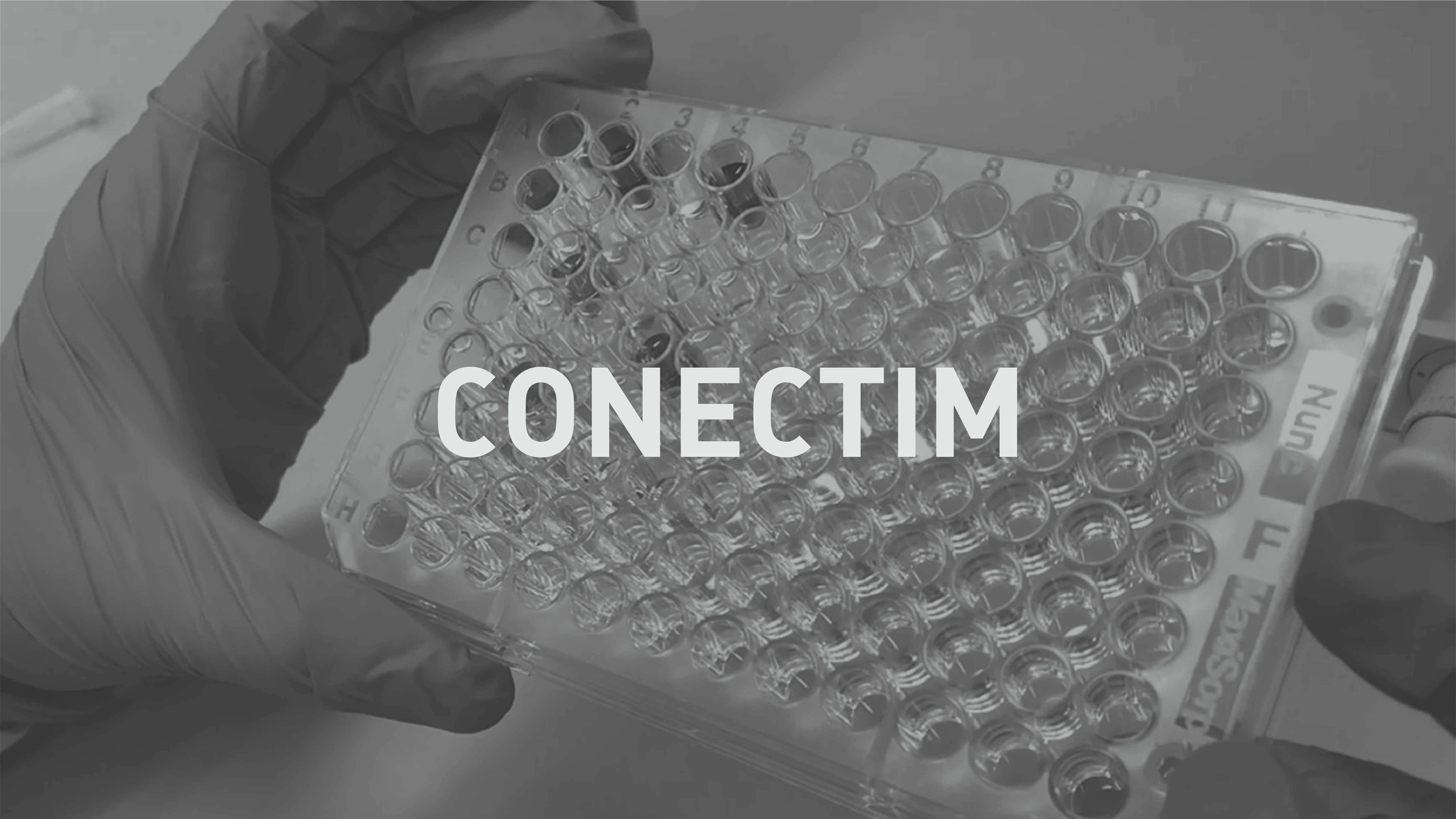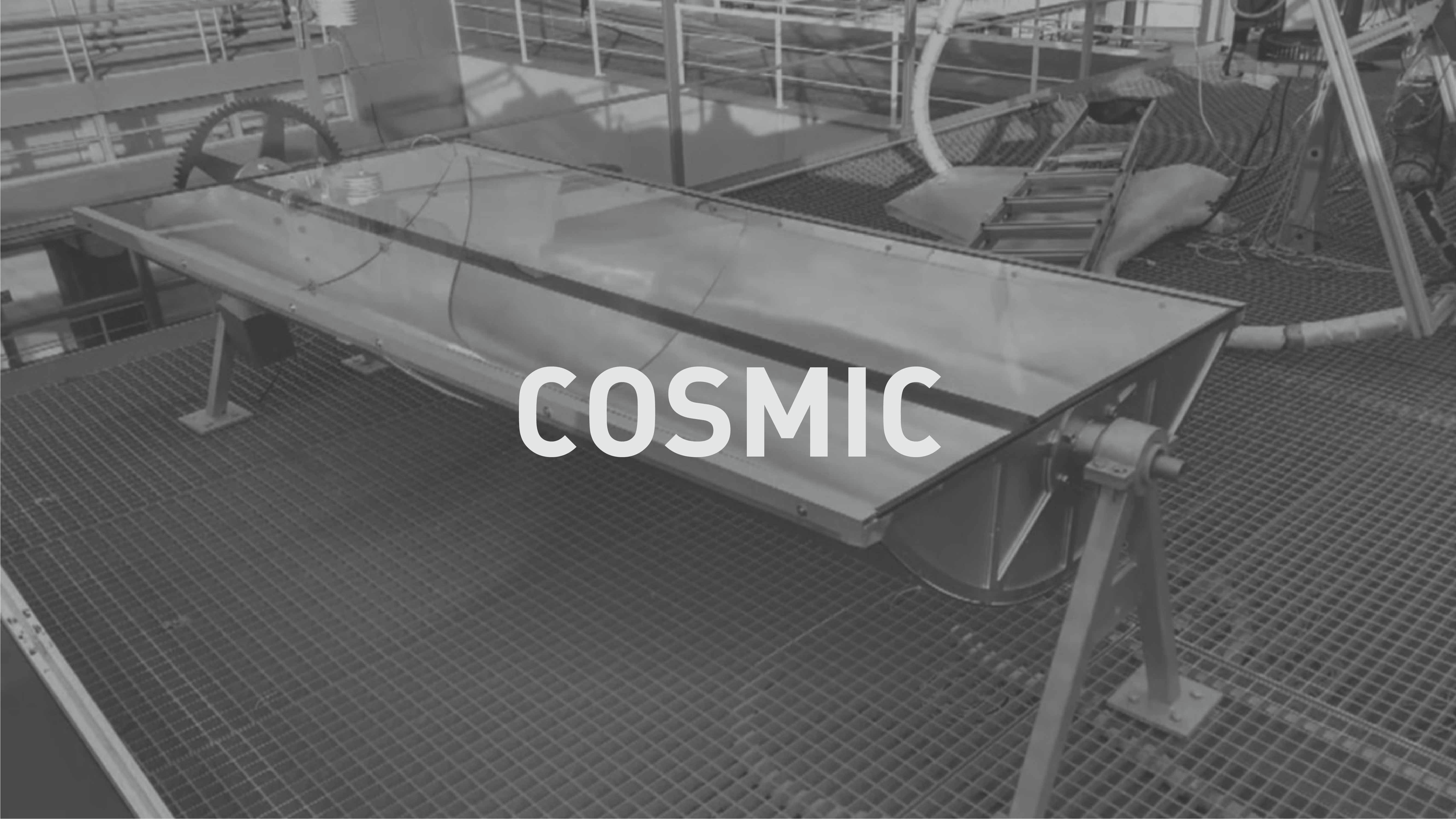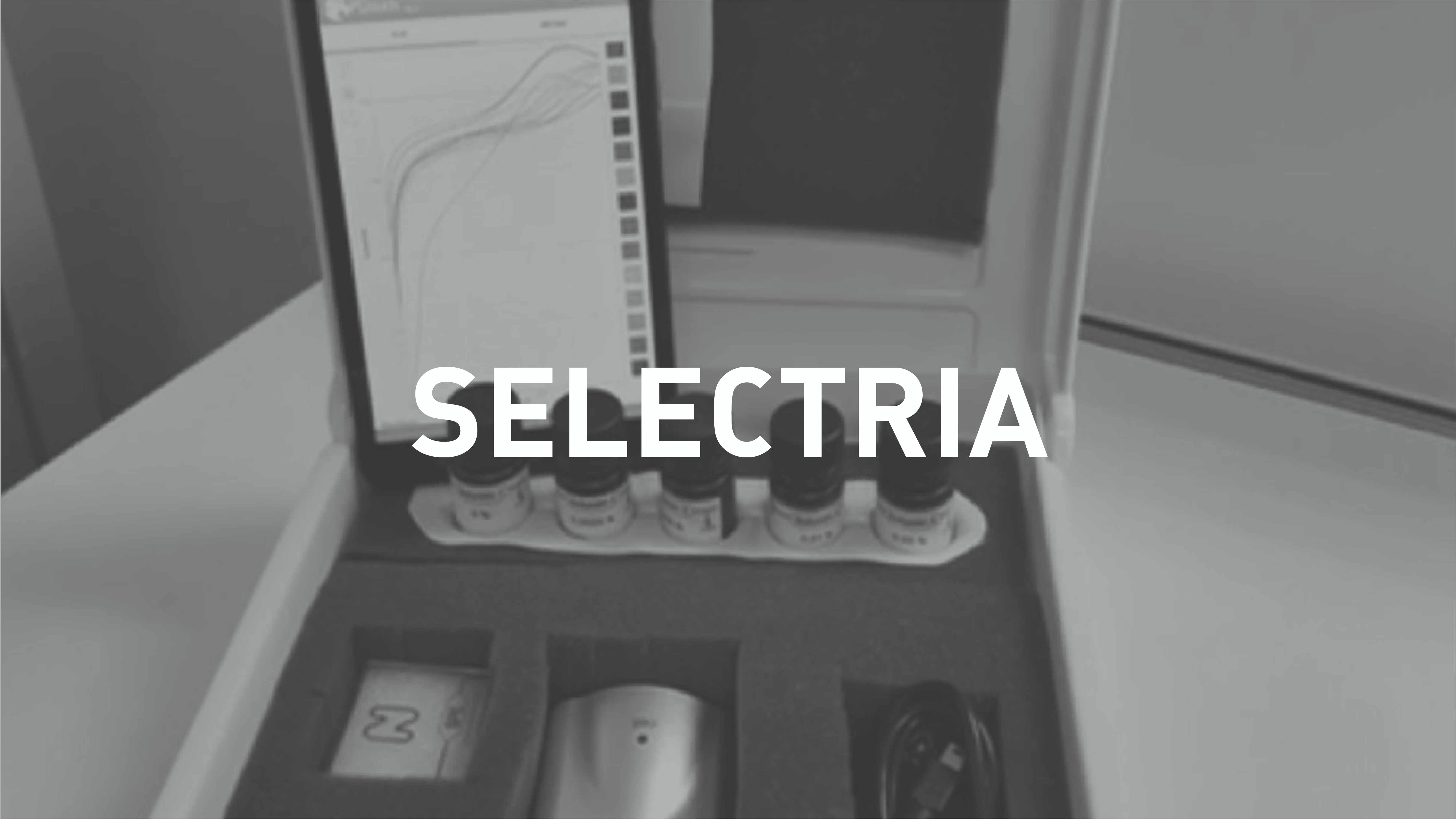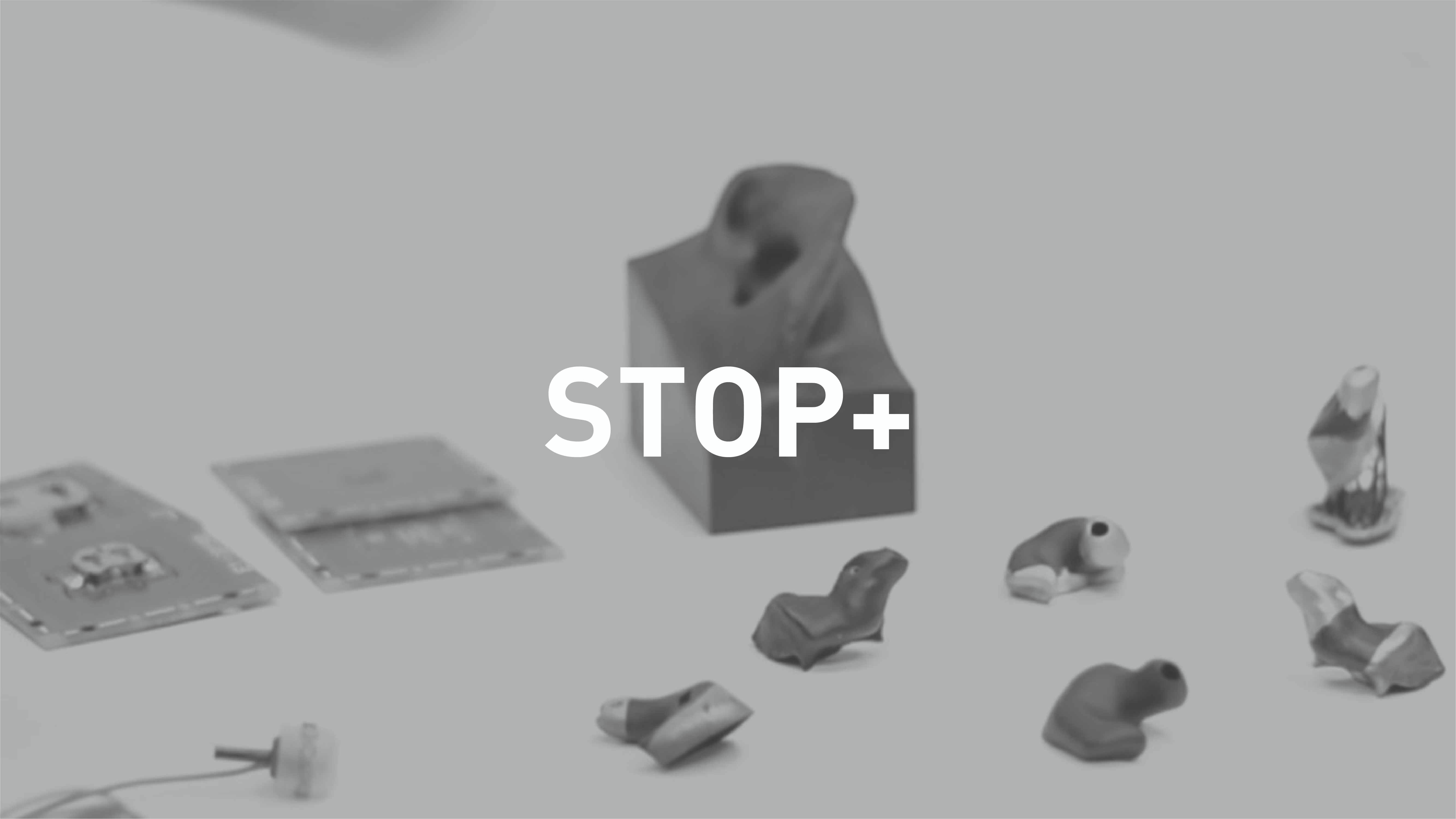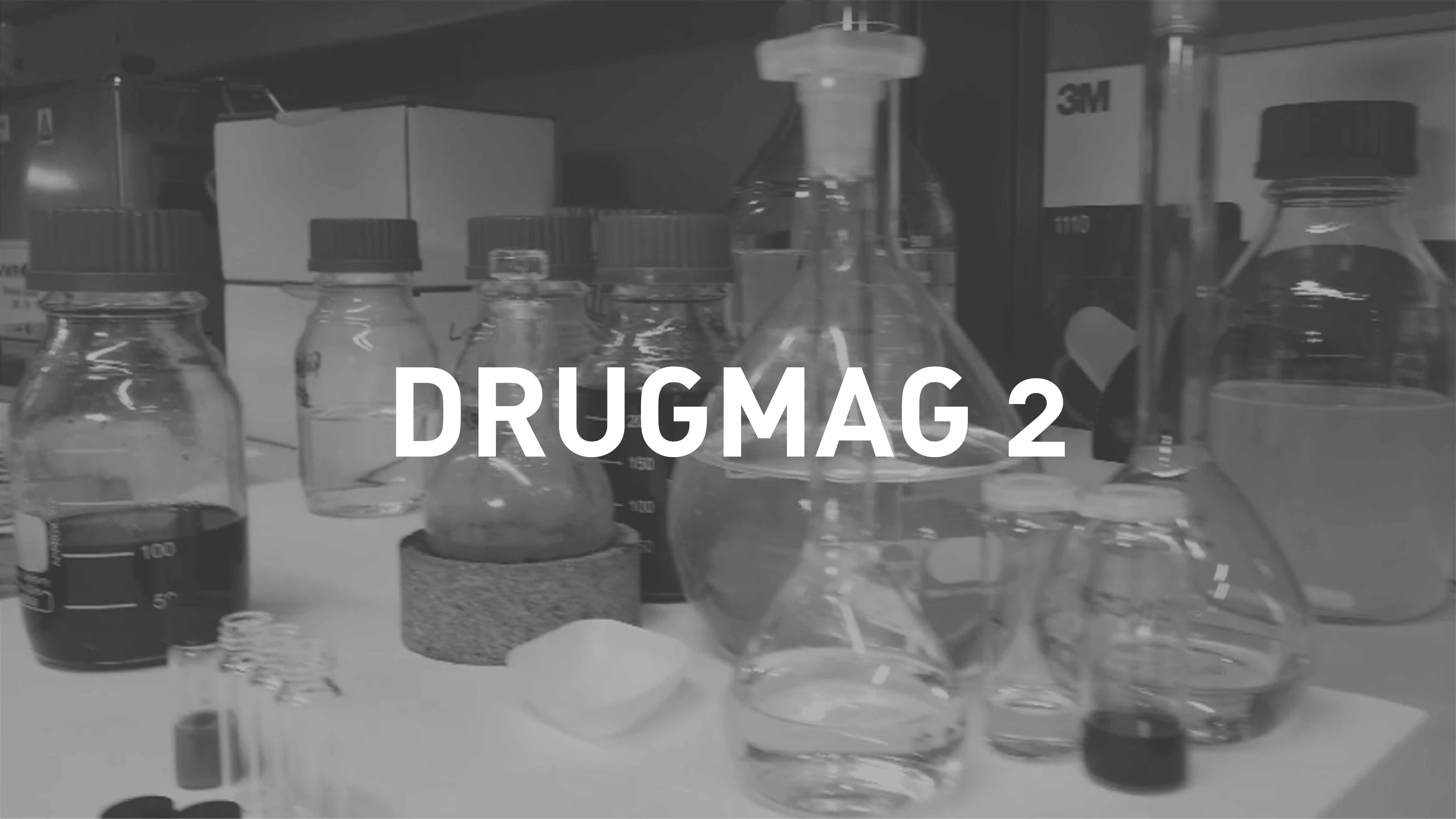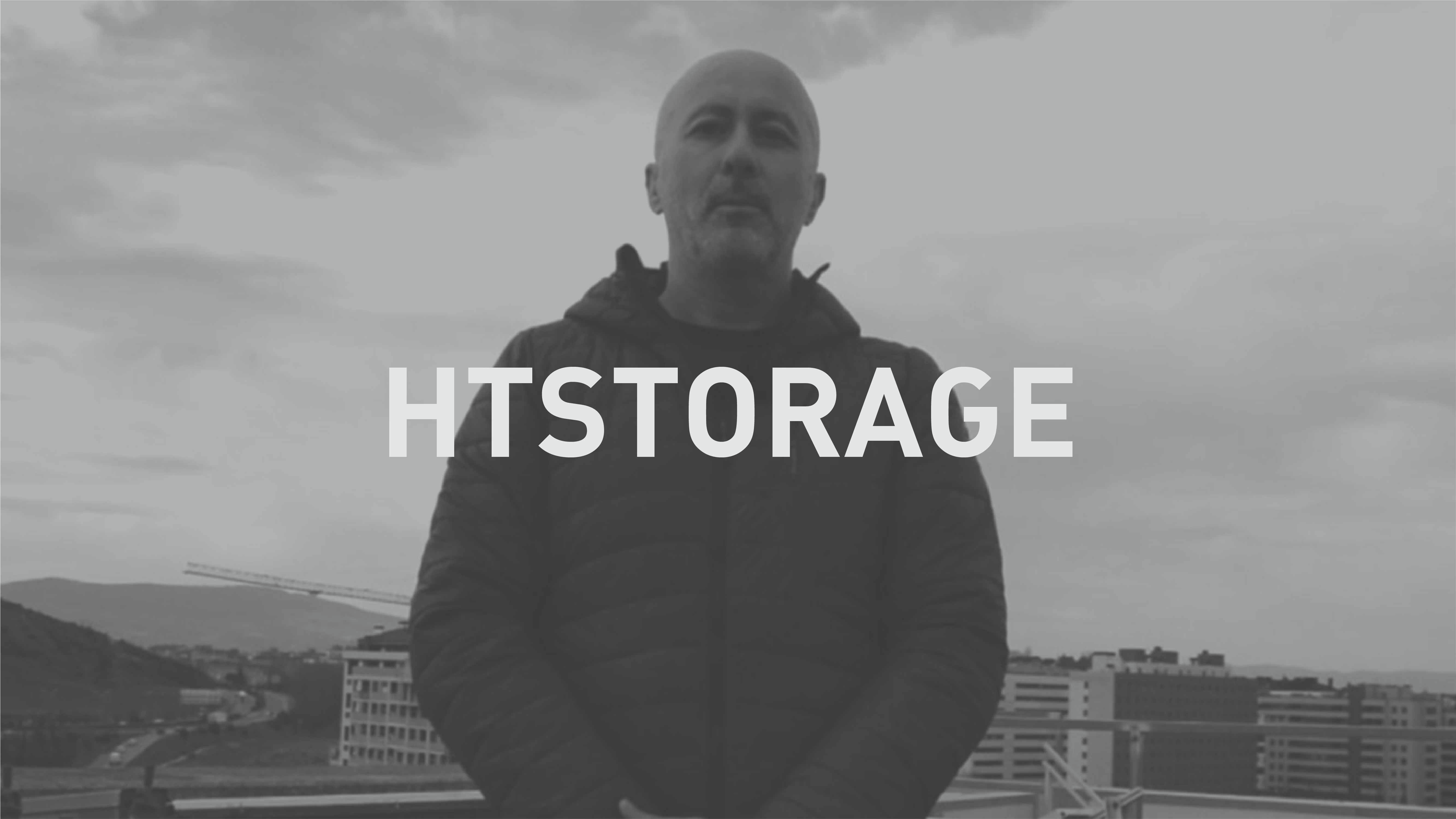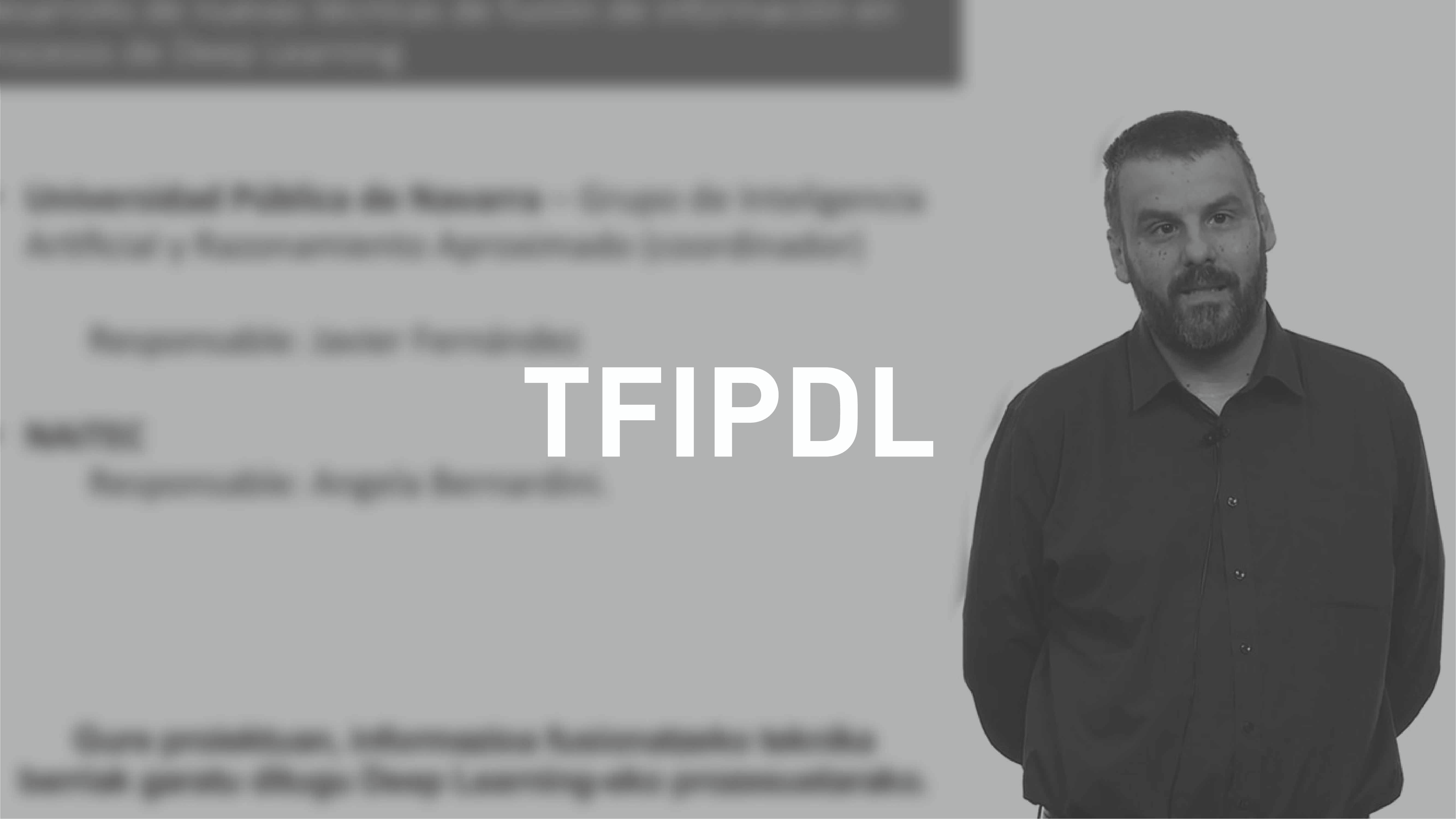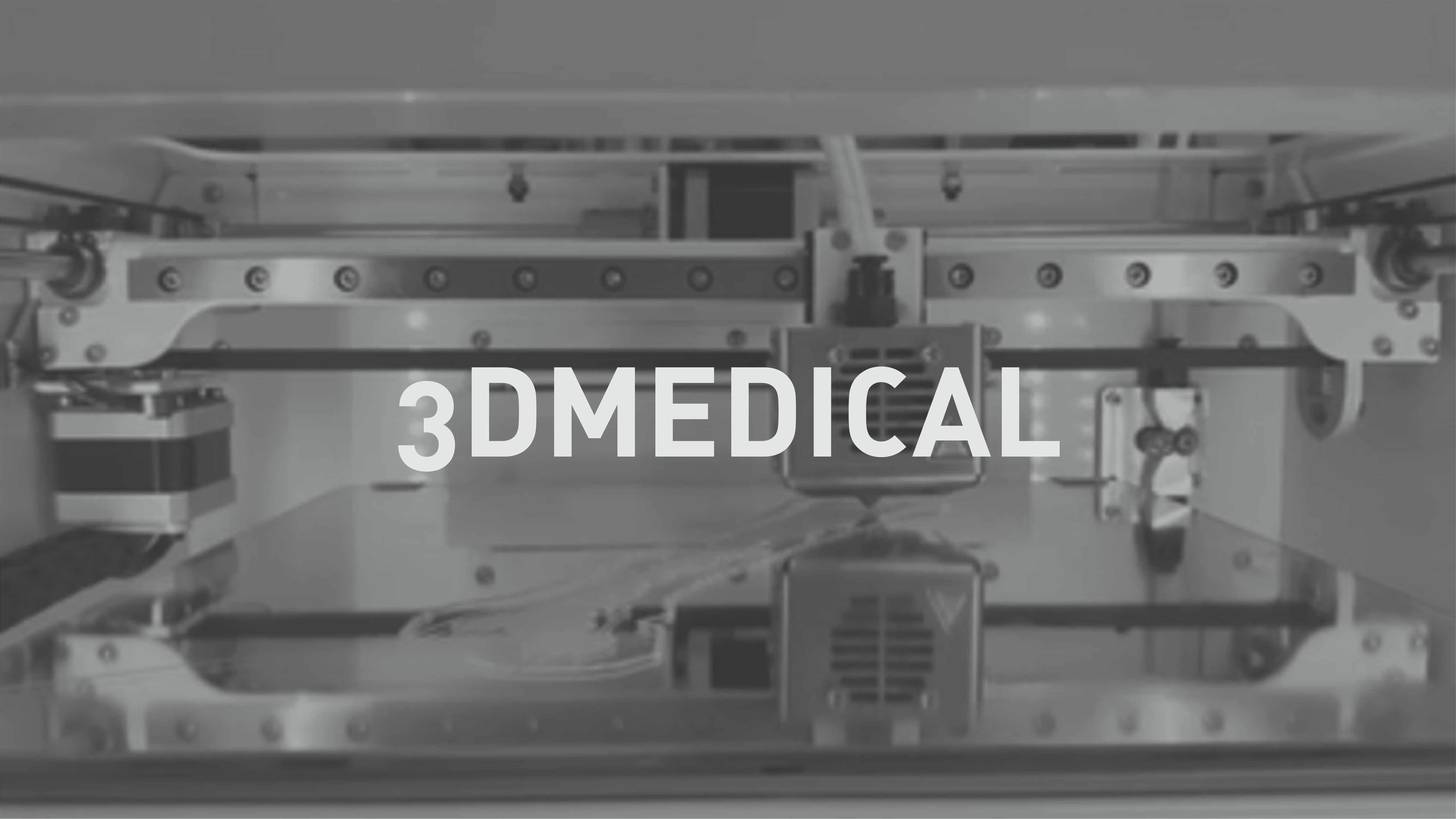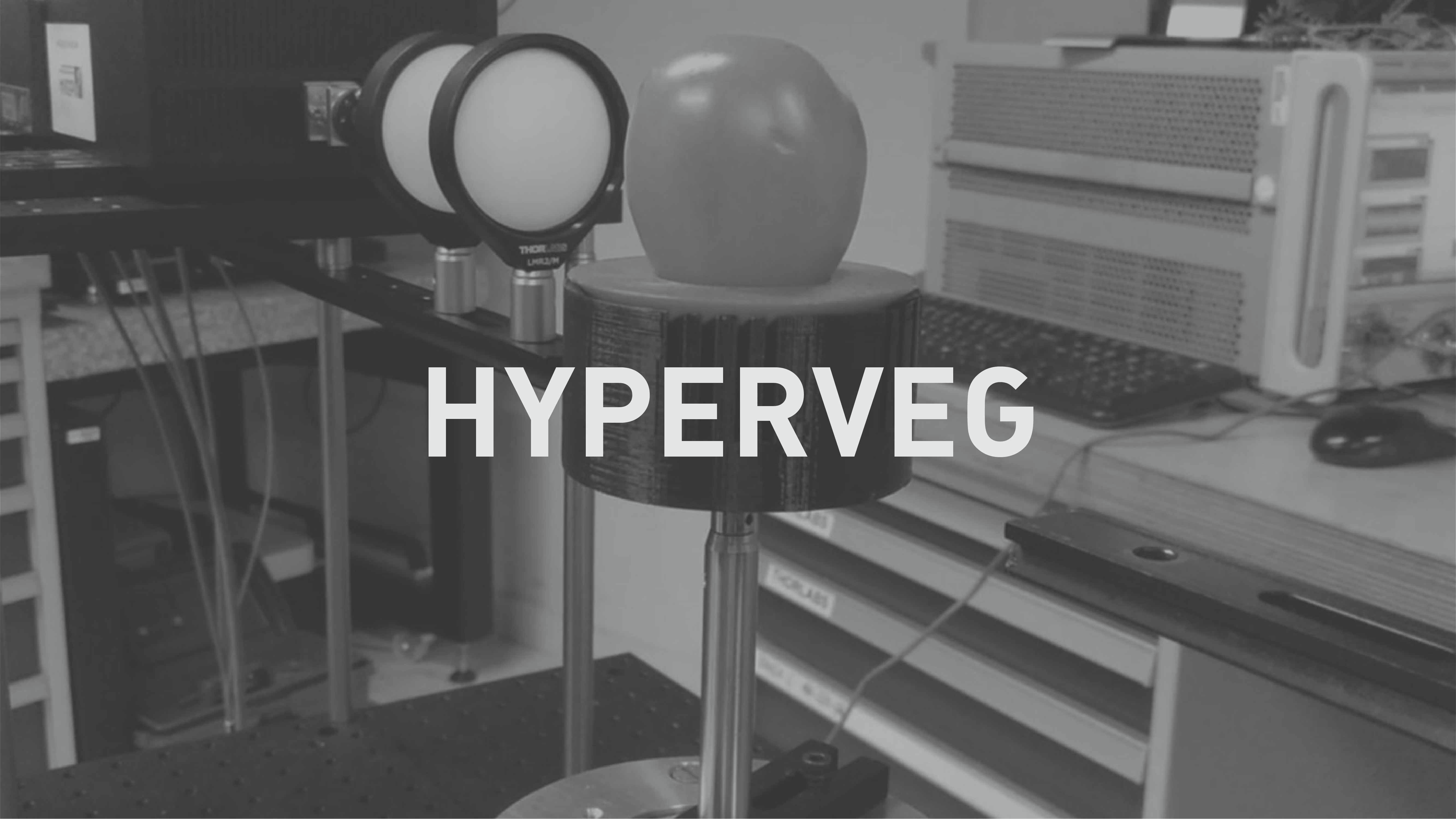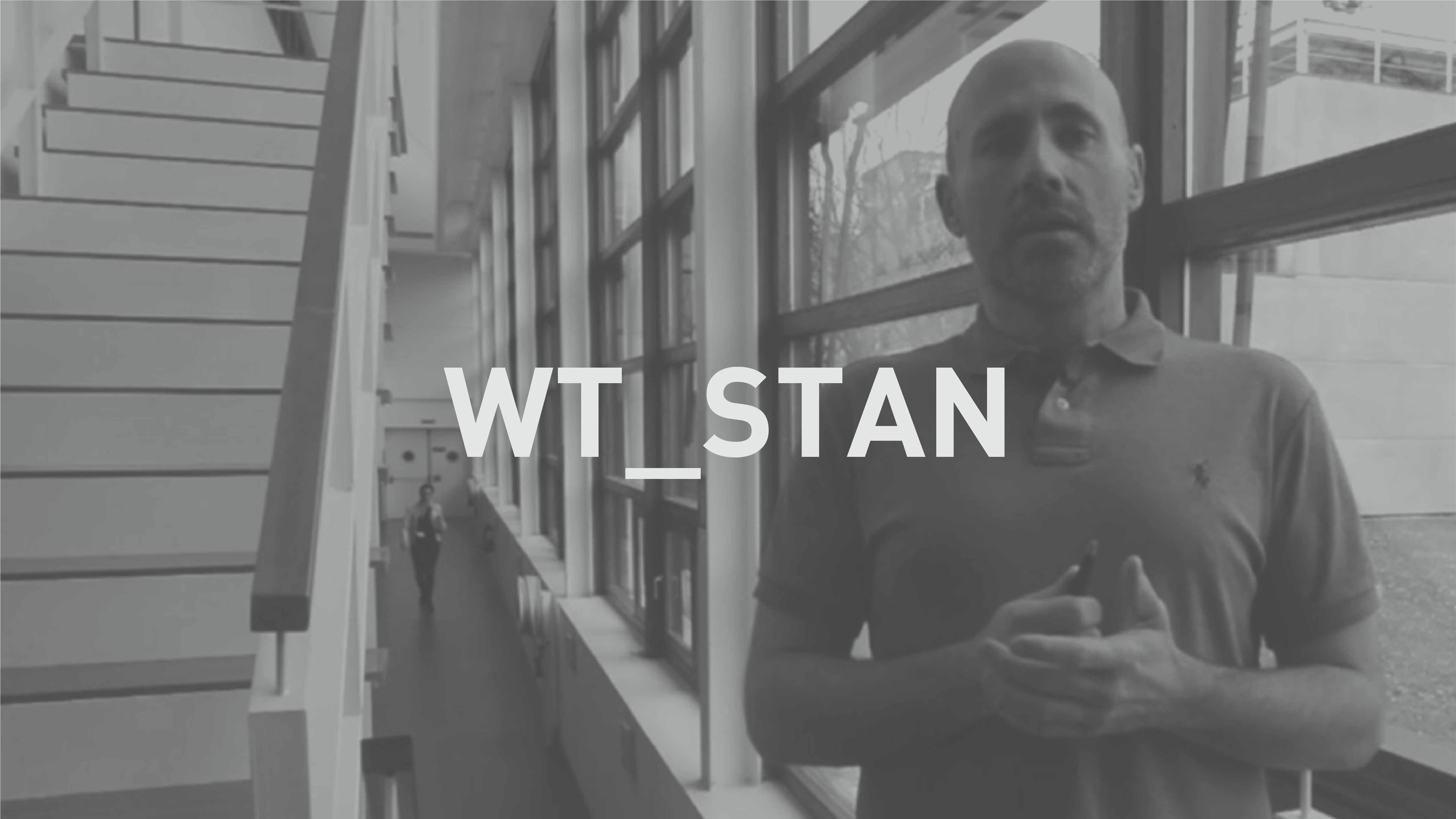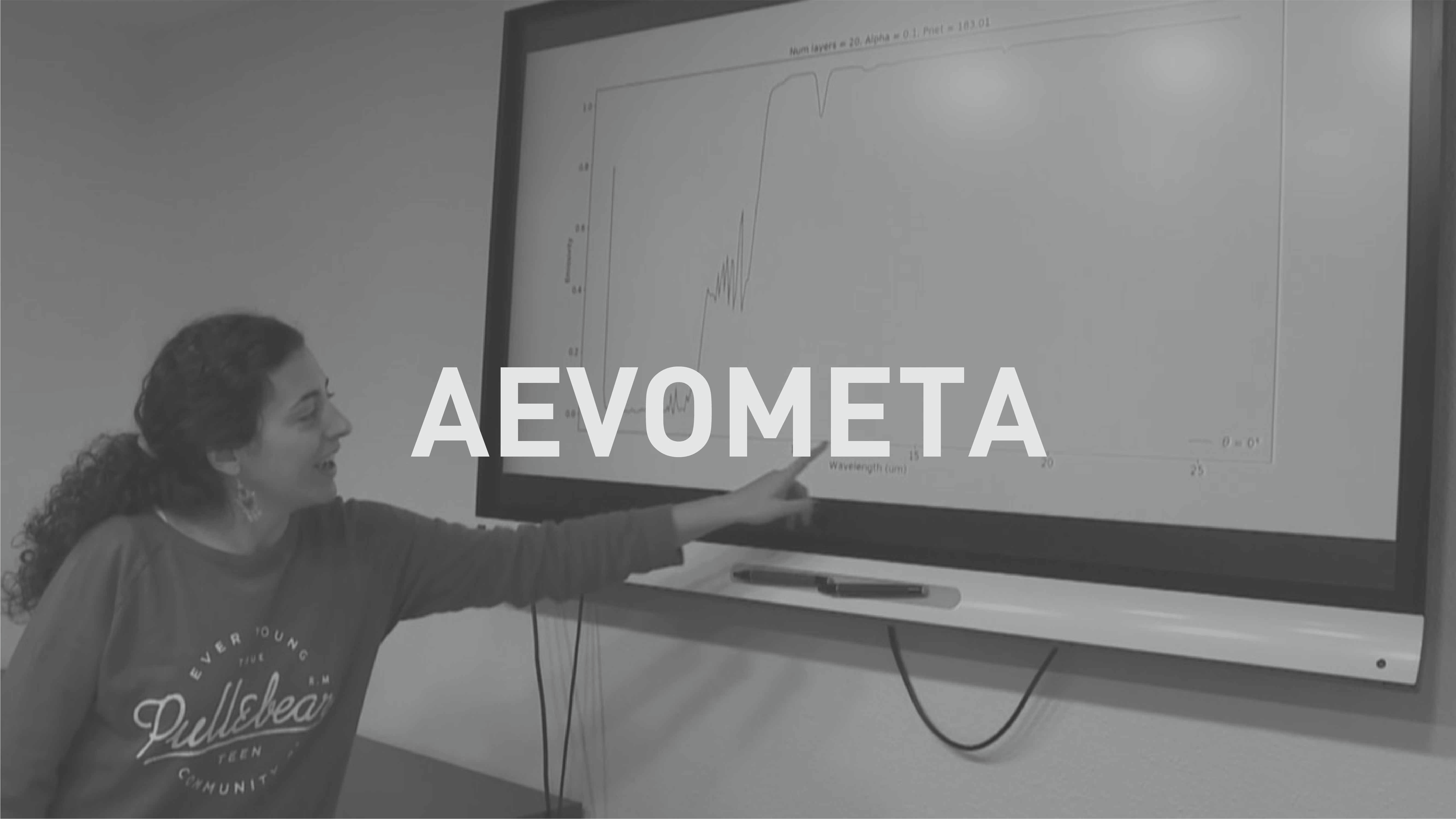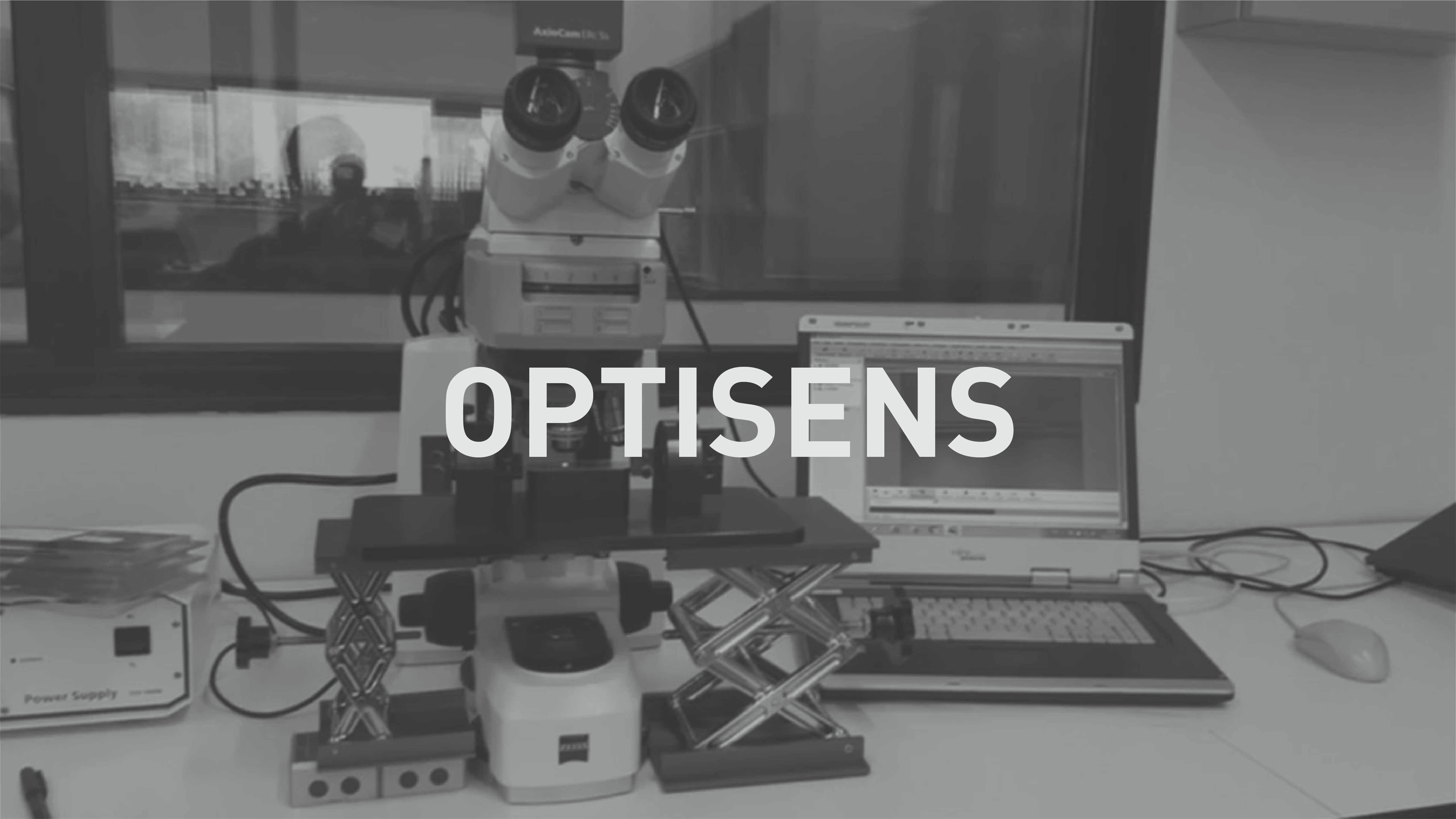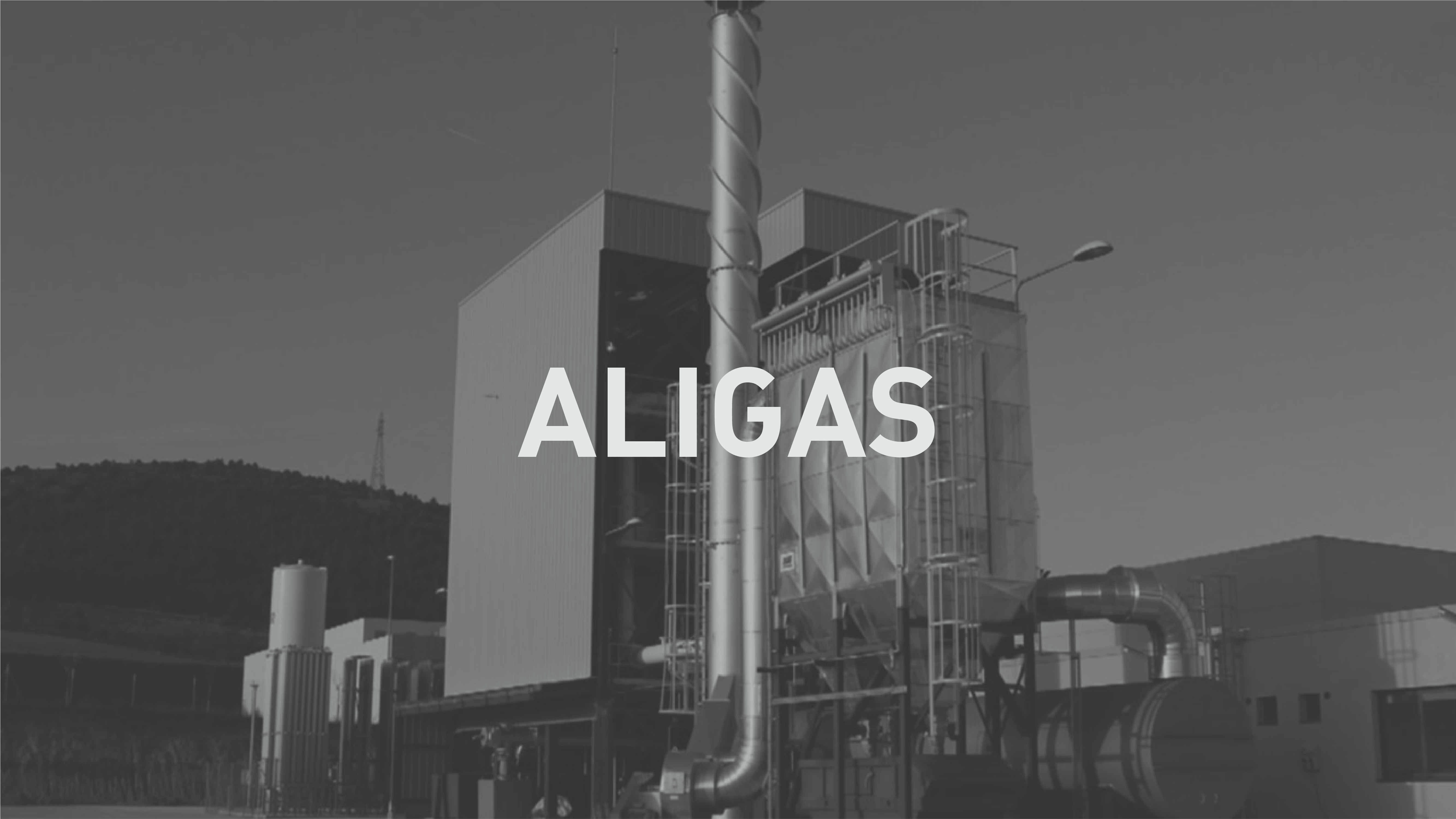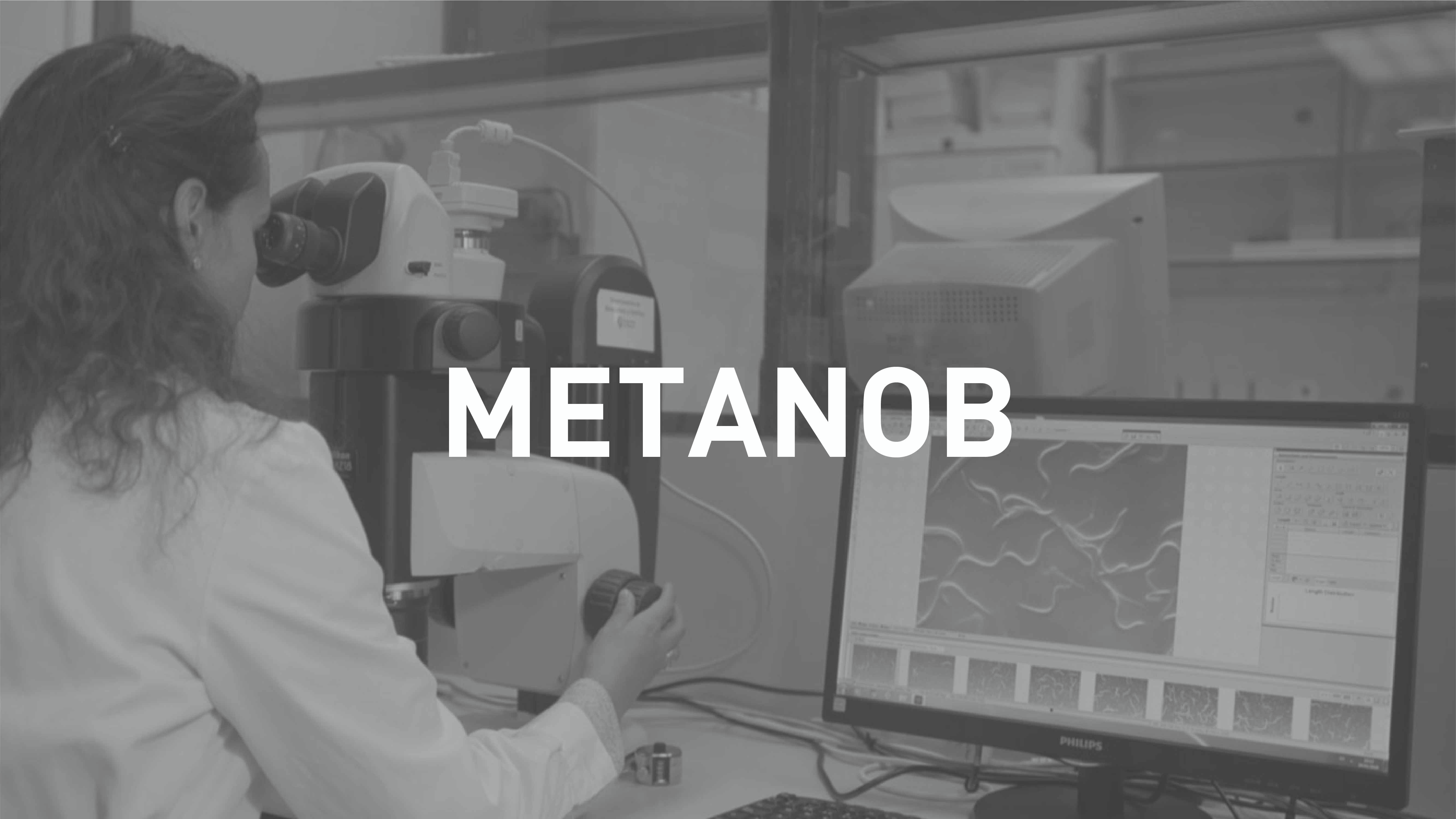- Clinker is formed by the presence of melted material in the combustion chamber
- Sintering of the bed in fludized-bed plants that may cause problems with bed defluidisation which makes the plant need to stop
- Sediment formation in the heat exchangers from partially melted material that reduces the efficiency of the process
- Corrosion on the heat exchangers from chlorine salts
Developing and subsequently validating the tools is done using real operational tests with several companies currently operating with different combustion boiler technologies and kinds of biomass. The project will have four phases executed in parallel in a 36 month period.
The BioBoiler project proposes using alternative methods for developing tools that make it possible to evaluate and monitor the flux action of ashes in a boiler more precisely and even in advance. To those ends, the specific goals of the project include developing and validating the following.
- A predictive tool focused on boiler design that can be used for evaluating the flux action of the ashes created depending on the kind of biomass and the variation of the parameters
- A monitoring tool that will make it possible to identify the bed conditions in the plant so sintering problems can be detected before-hand and plant stoppage can be avoided
The predictive tool that includes developing and integrating thermochemical (TM) and fluid dynamics (FM) models will make it possible to design boilers using compositional data from biomass and to configure boilers using the following characteristics.
- It calculates the composition of the ashes and compounds in different parts of the boiler: grate/bed, combustion chamber, over-heaters and evaporators.
- It calculates the fraction of melted ash in every part depending on the temperature profile of the boiler and the calculated composition of the ashes.
- It can calculate T15 and T70 (temperatures at which 15 and 70% of the ash is melted) for every part of the boiler and use that as criteria for designing boilers.
- It can optimise the fuel mixture and evaluate the effect of additives to avoid problems with dirtiness, corrosion and clinking.
As a monitoring tool, regular monitoring of the material the fluidized bed is made of using simultaneous thermal analysis will make it possible to detect the displacement of the melted solid percentage curve in relation to the temperature relative to a control point (temperature at which 15% of the solid is in a T15 melted state). That will make it possible to
- Take palliative actions in advance of the plant stopping (e.g. changing the bed material)
- Evaluate biomass feedstock batches to identify the causes of the changes in flux action when there are abrupt changes in the meted solid curve
During its one-and-a-half years of life the project has laid the foundations for a system of working and the principles for the models that will be used and for the information needed for its validation through experiment.
- Contact was made with two boiler operators, Smurfit Kappa (Sangüesa) in November 2018 and ENCE (Huelva) in February 2019. In both cases the prior data needed to develop the simulation and prediction models was identified and the informational needs were expressed to the boiler operator. The ENCE plant is currently being worked with.
- The protocols for taking samples was defined with the information provided, which includes a sampling plan and a description of the process parameters needed to validate the simulations.
- The thermodynamic model was proposed, adapting the simulation stages to the plant configuration. And, furthermore, two sub-models for attrition and elutriation have been developed.
- The turbulence, radiation and reaction models for the chemical species were determined for the computational fluid dynamics (CFD) modelling. Throughout 2019 the CFD modelling efforts were centred on analysing the dynamics of the fluids and solids separately, including the particle bed.
- In addition, the bases for calculations have been determined and a tool that makes it possible to monitor the flux state of the material the bed is made of using simultaneous thermal analysis trials has been created.
Lastly, it should be noted that four experiment campaigns were done between September and October 2019 in collaboration with ENCE (https://ence.es/) from which the samples obtained have been received per the sampling protocol. The samples are in the process of being analysed to obtain the data needed as input for modelling and making progress in validating the proposed models.



